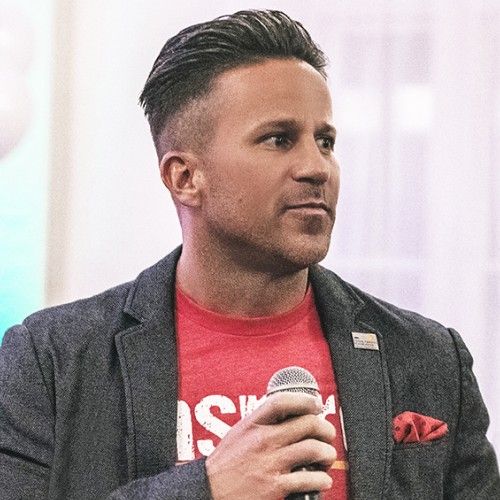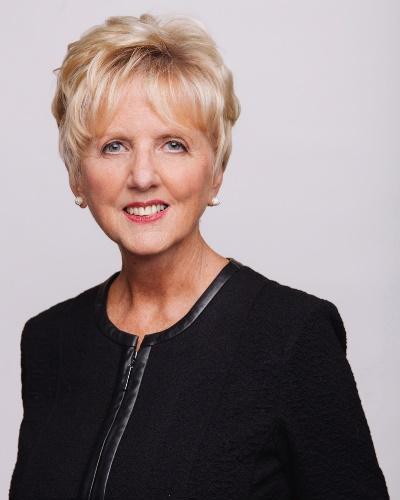Many business conflicts can stem from conflicting incentive structures between executives. Take Nick, the head of HR in his organization, radiating frustration as he finds himself caught between a critical deadline and an uncompromising finance department. His mandate was clear: implement a new payroll technology by a rapidly approaching date. Yet despite his efforts for a swift and seamless rollout, the company’s finance department opted for a much more meticulous approach.
Burdened by previous failed payroll implementations, the finance department was taking everything through legal, to try and prevent yet another failed technology. To the HR executive, this felt like an unnecessary and infuriating roadblock, jeopardizing his goals. To the finance executive, it was a desperate attempt to mitigate risk and, possibly, save his job. Another flop on his watch could mean a professional reckoning.
This scenario, where individual or departmental incentives clash, is a very real and prevalent challenge for CEOs and executives. It’s a subtle form of internal business conflict that, left unaddressed, can derail critical projects and erode morale. So, how do you navigate these treacherous waters?
Fostering Integrated Teamwork
The first, and perhaps most crucial, step is to recognize that you're not managing an assembly line where each department simply passes work down the line. You're leading an ecosystem where the success of one team is inextricably linked to the success of all.
In the payroll technology example, the HR executive's initial approach, while understandable, was to view finance and legal as cogs in a larger machine, that the plan must go through to be implemented. This perspective, however, overlooks the human element and the underlying motivations. Instead, the focus should shift to fostering a truly integrated team dynamic.
Actionable Insight: The HR leader needs to initiate a proactive, collaborative meeting with both the finance executive and legal counsel. This isn't about assigning blame or demanding speed; it's about genuine understanding and problem-solving.
With Finance: "Help me understand your specific concerns regarding this implementation. Given the past challenges, I want to ensure we address every potential risk. What assurances or information do you need from the vendor or from our internal teams to feel confident moving forward?" By actively seeking out and addressing their anxieties, the HR leader can transform finance from a roadblock into a partner. The vendor will likely be more than willing to provide the necessary documentation, security protocols, or even engage in direct conversations to relieve finance's worries.- With Legal: "We have a critical deadline for this project, and I understand the thoroughness required for legal review. Is there a way we can expedite the process without compromising due diligence? Perhaps we can prioritize certain documents, or even work together on a phased review approach?" By framing it as a shared challenge with a clear objective, legal may be more inclined to speed up their processes. This might involve dedicating specific resources, providing a clearer understanding of their review process, or even offering guidance on how future submissions can be structured to facilitate faster review.
The goal here is to dismantle the "us vs. them" mentality and replace it with one that says "we're in this together". When success for one is success for all, incentives begin to align better organically.
Empathy as a Strategic Tool
The truth of the scenario – that the finance executive was trying to save her job – highlights a critical aspect of executive leadership: empathy. It's easy to get caught up in our own objectives and pressures, but truly effective leaders take the time to understand the priorities, pressures, and incentives of their colleagues.
Before any confrontational or demanding conversations, colleagues should dedicate time to stepping into the other person's shoes. Asking:
What are their biggest fears and anxieties related to this project?- What are the goals they are trying to achieve?
- What historical context might be influencing their current behavior?
- How does this project impact their success, or potential failure?
In the payroll scenario, the HR executive could have initiated a less formal, one-on-one conversation with the finance executive. "I understand the past implementations have been difficult, and I appreciate your diligence in preventing future issues. My goal is to make this a success for both of our departments. How can I best support you in ensuring a smooth and secure transition?" This approach, grounded in mutual respect and a genuine desire for collaboration, can disarm defensiveness and open the door to productive dialogue.
Collaboration grounded in mutual understanding can turn even the most frustrating roadblocks into shared wins. When colleagues feel heard and understood, they are far more likely to reciprocate that understanding and work towards a common goal. This doesn't mean abandoning your own objectives, but rather seeking common ground that allows both parties to achieve their desired outcomes.
Cultivating a Culture of Shared Accountability
Ultimately, addressing conflicting incentives requires a shift in company culture towards shared accountability. This isn't just about individual interactions; it’s about creating an environment where departmental disagreements are minimized, and cross-functional collaboration is maximized.
CEOs and executives should consider:
- Joint Goal Setting: Where appropriate, establish shared goals and KPIs for projects that span multiple departments. If the HR and finance teams were jointly responsible for the successful and timely implementation of the payroll technology, their incentives would naturally align.
- Cross-Functional Training: Encourage employees to spend time in other departments to gain a deeper understanding of their operations, challenges, and priorities.
- Recognition of Collaborative Success: Publicly acknowledge and reward teams that successfully collaborate on complex projects, highlighting how diverse perspectives contributed to a shared victory. This reinforces the value of integrated teamwork.
- Leadership Modeling: Executives must lead by example. When leaders demonstrate a willingness to compromise, understand diverse perspectives, and prioritize organizational success over departmental turf wars, it sends a powerful message throughout the company.
- Joining an Executive Mastermind Group: Getting perspectives from peer executives outside of the company can be critical to garnering objectivity and a clearer perspective on the situation.
The conflict between the HR and finance executives is not an anomaly; it's a representation of the challenges many organizations face. By moving beyond a linear, transactional approach to internal projects and embracing empathy, integrated teamwork, and a culture of shared accountability, leaders can transform difficult roadblocks into opportunities for organizational growth and enhanced performance. The goal isn't to eliminate individual incentives, but to strategically align them so that departmental success contributes directly to the overarching success of the entire company.




































































